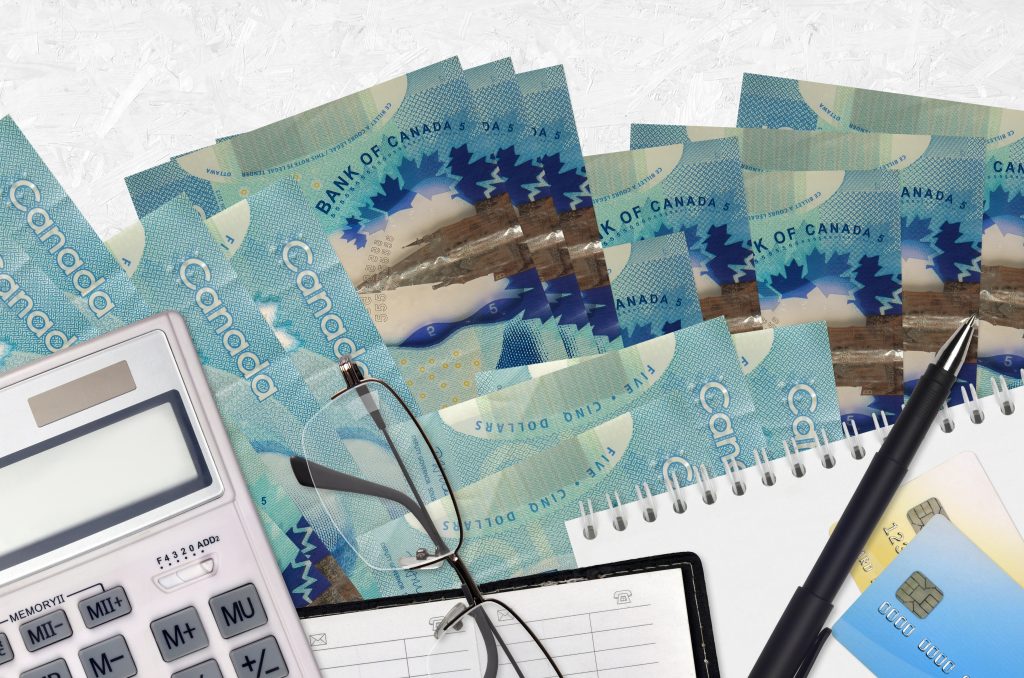Part 1 -A simple two-step budgeting process sure to help you in 2024

I recently experienced a reduction in my income for the first time in decades while at the same time, the cost of living in Manitoba has been going up rapidly. Grocery prices alone increased 9.1% from April 2022 to April 2023 as did gas, utilities, rent, interest rates, etc. With all these financial pressures in effect, my budget was squeezed. I could no longer afford the lifestyle that I was use to, and I recognized that I would have to make changes, otherwise risk not being able to pay all my bills!
Over the next four weeks, I’ll explain the process that I used to balance my budget so that you can get an idea for how it might work for you!
I know that I can’t budget my way to a higher income, but I can use budgeting skills to make sure that I stretch every dollar as far as I can, and I can look at where I’ve been spending so that I can make decisions about where I can reduce spending to balance my budget. This is a two step process:
Step One
The first step in budgeting is to understand how much money I have coming in. This will be different for everyone and may include income from work, spousal/child support, government programs, investments, pensions etc. To calculate the total you can simply review your pay stubs, bank account statements, and income tax documents and add up all the amounts. In my situation, I am earning income from full-time employment with SEED Winnipeg Inc. (add in others if you have other income).You can write this information out manually or use an Income Tracker.
Step Two
The second step is to see where I am currently spending money. If you are like me and you haven’t been paying close attention, you will need to start keeping track of your spending to get an accurate picture of where your money is going. Again, this will be different for everyone and could include rent/mortgage, utilities, insurance, groceries, gas/bus fare, entertainment, clothing, etc. To track where your money is being spent, there are some terrific Spending Tracker tools that you can use.
Spending Trackers are physical or electronic documents that you have readily available to record your expenses as they happen so that you have all the details you will need at the end of the month. Tracking tools come in many forms, such as:
- noting each time you spend money in a journal or on a calendar,
- using one of the many software spending trackers available,
- using a cell phone app such as Trove.org,
- asking your financial institution if they provide that type of service.
Your total spending will be the sum of all these expenses.
For the next 31 days, I plan to record both my income and spending and add this information to my income and spending trackers.
In next week’s segment I’ll explain what to do once you have gathered this information.
~ Jeff Patteson
Recognition Counts Loan Coordinator
SEED Winnipeg Inc.
For more information, visit seedwinnipeg.ca
Share this article




 (7 votes, average: 4.86 out of 5)
(7 votes, average: 4.86 out of 5)